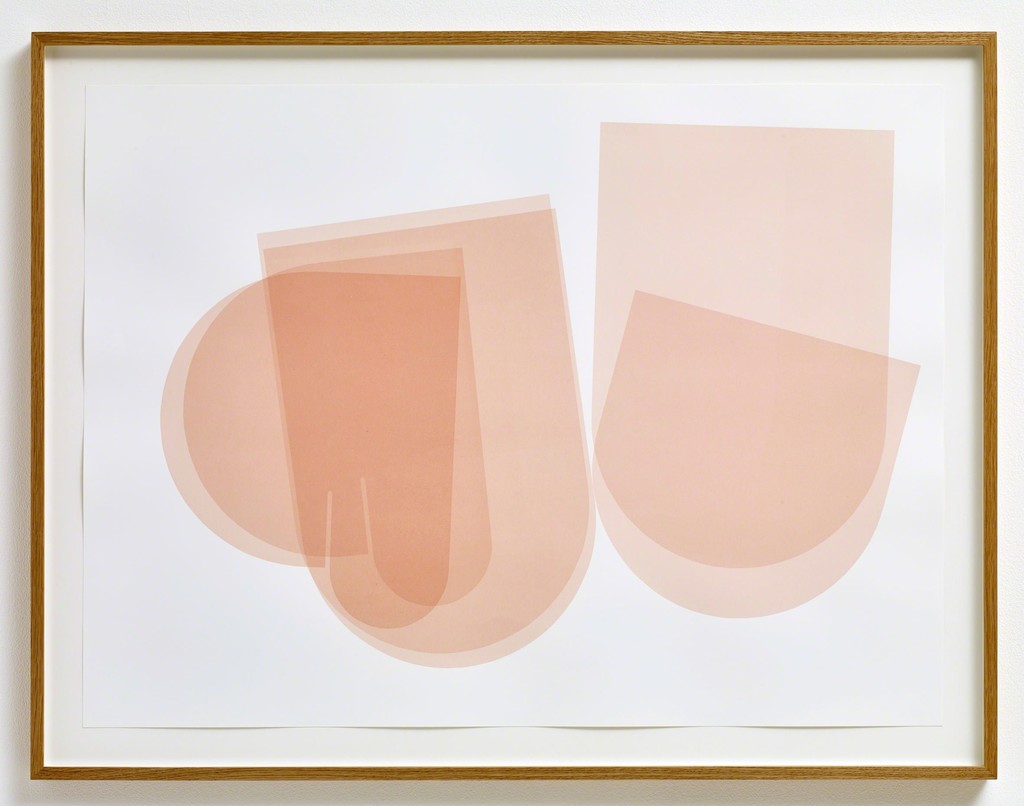

Their meaning is not known, either, but they appear all over enchantments from the Hermetic period and possibly signify the nature of Set blended with the deities from the contemporary Greek lore. “setes,” meaning “pillar,” or “seten” – “to blind.” In the sources dating to the first centuries CE (known as the Greek Magical Papyri or PGM) we also find “magical” names of Set used in invocations and spells: Erbeth, Pakerbeth, and Bolchoseth.

It is usually translated as “isolator” or “he who separates.” It may also be derived from two Egyptian words, i.e.

The etymology and the meaning of the name are not entirely clear, though. The Greek version of his name is Seth, while other variations include Setech, Setekh, Setesh, Sutuach, and Sutekh. In the Pyramid Texts, however, he is described as the son of Ra himself and the brother of Horus the Elder. This is how Set is presented in the Osiris myth, which is a prominent theme in ancient Egyptian mythology. He is the son of the earth god Geb and Nut, the goddess of the sky, and the brother of Osiris, Isis, and Nephthys, who is also believed to be his wife and consort. Like other deities associated with darkness and chaos, Set has many aspects and many faces and his character is highly ambivalent. The idea behind this anthology is to provide insights into the nature and role of Set from the perspective of the Draconian Tradition and as such he is approached in essays and rituals presented here.įor the start, however, let us focus on the definitions. It is not possible to examine them all in a single tome, though, and that is not the purpose of this book. We will look here into his origins, ancient myths and legends, and modern interpretations of These portrayals of Set and many more are the subject of the book you are now holding in your hands. His forked knife cuts attachments to the surrounding world, liberating the initiate from bonds of slavery and mindless ignorance, and his scepter represents authority and power over destiny. His fiery nature represents lust and fury, which is the driving force on the path, and his Black Flame is the inner spark of Godhood that successively becomes the fiery pillar of ascent on the path of self-initiation. Feared by the faint-hearted and worshipped by those who sought power, he became a symbol of storm and change, movement and transformation, force and energy. As a self-created god, Set is an archetype of the Adversary and an attractive model for a practitioner seeking initiation into mysteries of self-deification. In the last few decades the interest in Set, one of ancient Egypt’s earliest gods, has been given much attention by occult communities, magical orders and solitary practitioners interested in the Left Hand Path. Individual contributors retain copyright of their essays and artwork. The materials contained here may not be reproduced or published in any form or by any means, electronic or mechanical, without SET: THE FURY OF EGYPT Temple of Ascending Flame 2019ĭesign & Layout: Temple of Ascending Flame Website: Contact: Īrtworks & Sigils: Asenath Mason Editing: Asenath Mason & Bill Duvendack


 0 kommentar(er)
0 kommentar(er)
